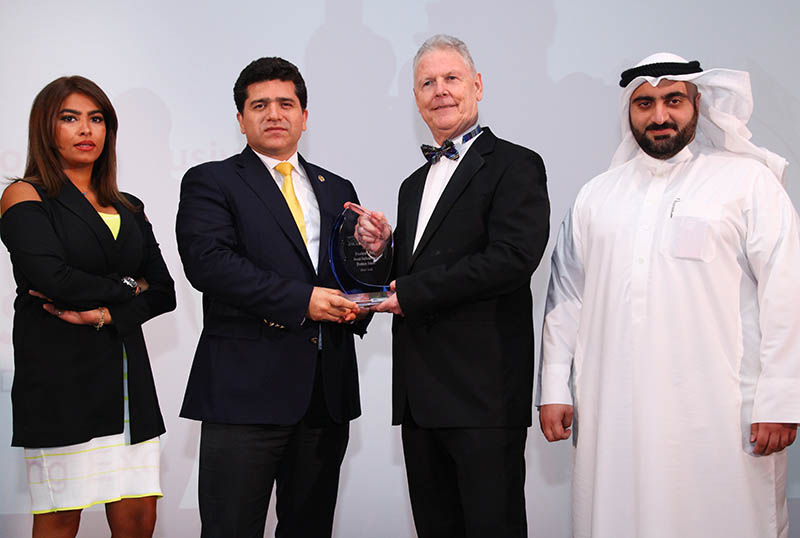 Teleopti, a global leader in Workforce Management (WFM), announced today that it will be launching a fourth office dedicated to research and development for its software solution. Placing the decision in the virtual hands of the people, an online poll saw over 3000 people vote on where the new R&D office should be located, Gävle or Borås, both in Sweden. Voting was close, with an enormous amount of social media input from both sides, but Gävle has come through as the winning location.
Teleopti, a global leader in Workforce Management (WFM), announced today that it will be launching a fourth office dedicated to research and development for its software solution. Placing the decision in the virtual hands of the people, an online poll saw over 3000 people vote on where the new R&D office should be located, Gävle or Borås, both in Sweden. Voting was close, with an enormous amount of social media input from both sides, but Gävle has come through as the winning location.
Olle Düring, CEO of Teleopti AB, commented, “The idea of an online vote to decide between the two possible locations came to mind during a meeting where we concluded how hard it would be to make the selection ourselves. We knew we had two good options but which one was the question we couldn’t answer. The response to the online poll was beyond any of our expectations. What started as a small, crazy idea, just worth trying, got fantastic publicity and an incredible number of people voting. We are very happy with Gävle as the winning location as Teleopti feels very welcome there, the talent pool for software development seems impressive, and commuting to and from Stockholm is easy. The result feels good all round.”
Having harnessed the power of social media and digital decision-making, Teleopti is ready to start recruiting immediately, and the search for the Gävle office is under way. Teleopti hopes to build two teams during the first half of 2017 and have increased that to three teams by the end of the year; one team will hold four or five people. The current roles that are being advertised and sought for are: front-end developers, web developers and test engineers. Initially, the focus will be on finding developers with some years of experience in order to have as stable a start-up phase as possible. In the future, Teleopti will look to also hire new graduate developers. Logistically, Gävle is two hours away from Stockholm, which makes it a manageable distance for any inter-office meetings. The new Gävle teams will work closely with the development teams based in Stockholm, Strängnäs and Shenzhen in expanding and improving the Teleopti WFM suite.
Johan Ryding, the acting Head of R&D, concluded, “In order to continue our journey towards the world’s most user-friendly, feature-rich cloud solution, we are looking for more talented agile web developers to strengthen our already strong R&D team. With Gävle, we will add yet another R&D location and as always the key to success is communication and collaboration between all locations and teams. All our teams chat daily and are continuously connected to each other, but we also put a lot of effort into making sure physical meetings happen, just for bonding and sharing knowledge.”

